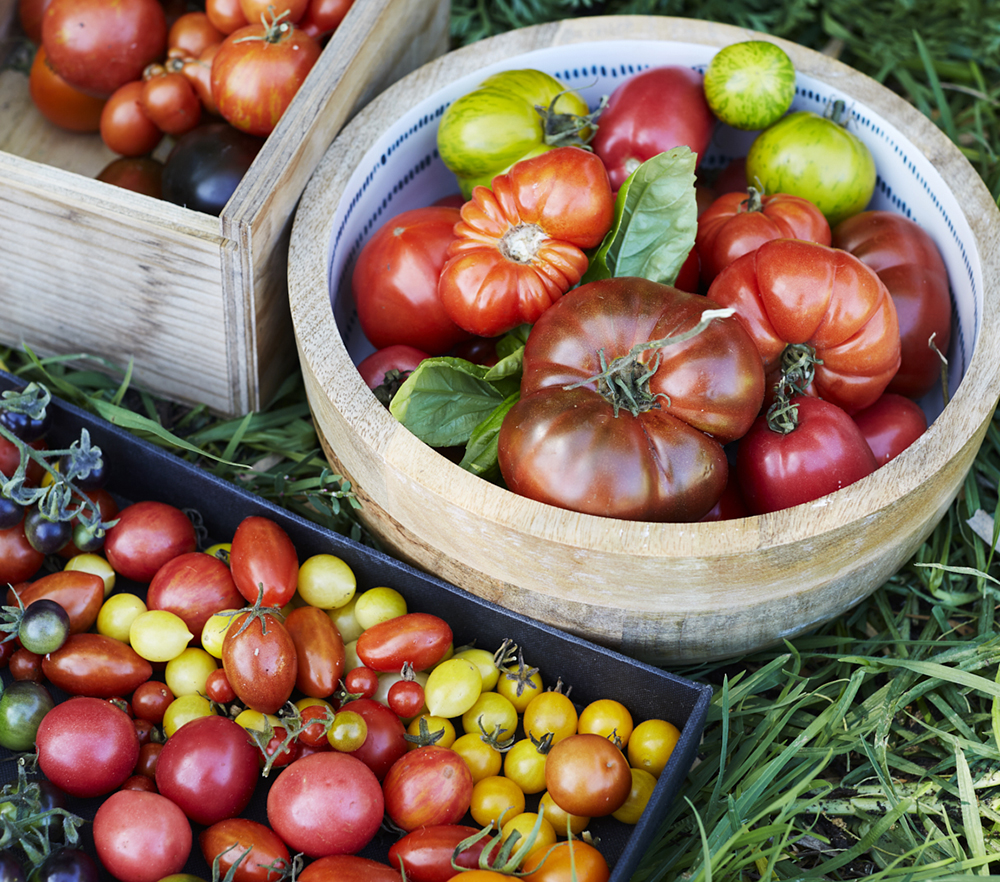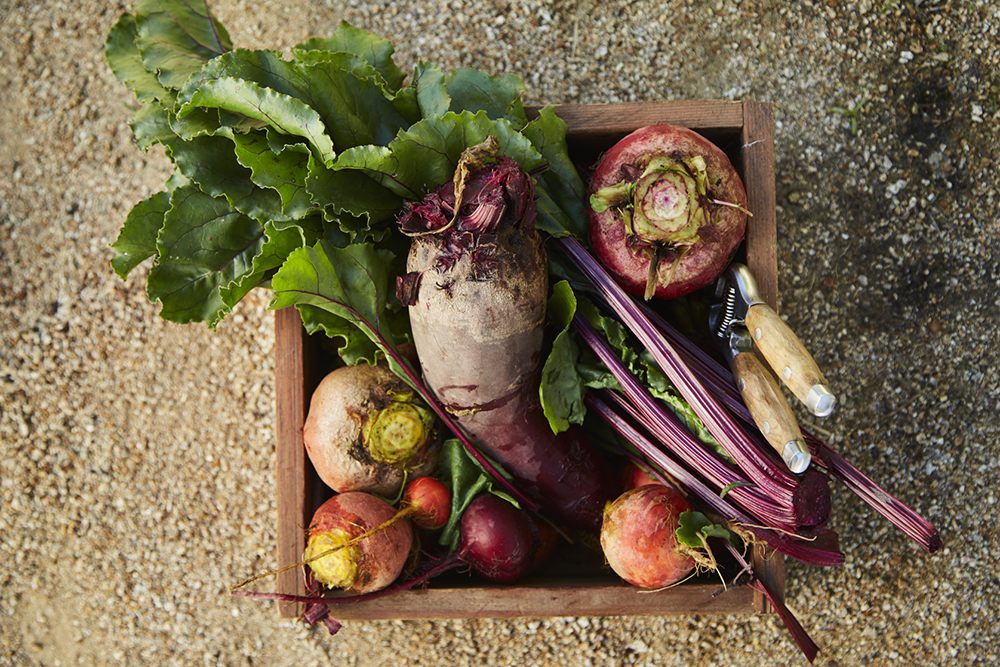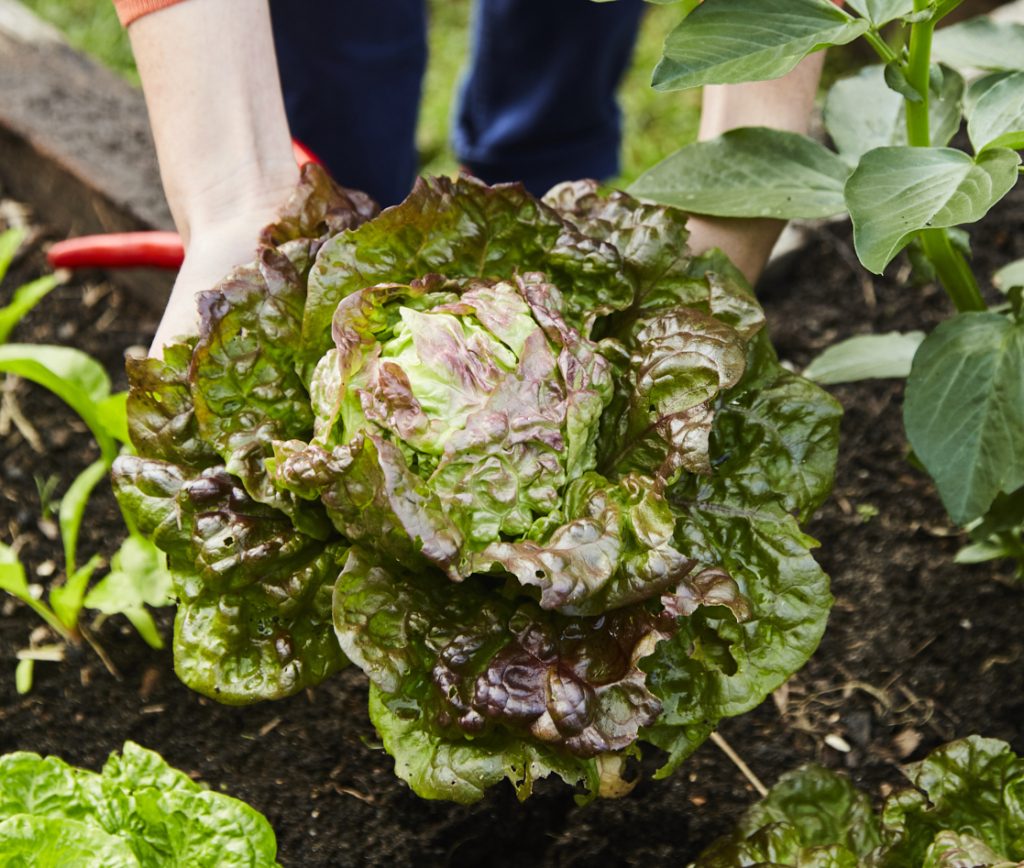Article from ABC Organic Gardener
“The greatest and most gentle, life-giving revolution in the history of the human race is now taking place and most of us are only half-aware of it. For the first time, on a huge scale, people all over the world are looking more closely at the food we are eating, demanding to know where and how it was grown.”
Peter Cundall, from the 100th issue of ABC Organic Gardener, Mar/April 2018
With gardeners new and old wanting to grow their own food, Helen McKerral goes through the basics of setting up a vegie garden, including easy crops to start with.
It’s not just toilet paper, pasta and tinned food that are selling out: seeds, seedlings and compost are also in high demand as people hunker down. When times get tough, we start thinking about growing food, raising chooks and becoming as self-reliant as possible.
Our gardens, even on balconies, can provide exercise, relaxation, restoration and, of course, food. Knowing you can pop outside for a healthy salad, new potatoes or fresh herbs to toss through an economical pasta is enormously satisfying, and gives us a sense of control when the world seems unrecognisable. Not only that, we’re reducing food miles and learning new skills.
If you’ve never grown edibles, it’s hard to know where to start but don’t worry, it’s not rocket science! Read on to create your own easy vegie garden.
Start small
Larger pots and planters, or even raised garden beds are a good option when starting out but, with plenty of space, we’re often overambitious when creating our first in-ground bed. Even a couple of 1 x 1 or 2 x 1 square metre in-ground beds will do the job, will be cheaper to establish and maintain, and won’t be overwhelming.
If you are in an apartment, there a plenty of nifty pots and containers to grow a few herbs and veg in, just use good-quality potting mix.
Of course, if you’re at home with plenty of time – or kids to entertain! – you can be more adventurous. If so, consider creating, say, three 2m beds sequentially rather than one 6m bed. This breaks tasks into manageable chunks and also allows you to rotate different crops, but there are no rules: tailor to suit yourself!
Choose your spot
The sunnier the better (at least six hours is best), with good drainage, and as far away from big trees and their greedy roots as possible (see information about raised beds in ‘Getting your vegie garden started’). In hot regions, distant trees to the west provide afternoon protection. Close to kitchen and a tap is handy, but not at the expense of sunshine, drainage or tree roots. Consider how much space you need, remembering many herbs suit pots and ornamental gardens, too.
Plant what you eat
Just because you’re now growing them, won’t mean you (and any kids) will suddenly love eating brussels sprouts if you’ve loathed them for a lifetime! This is something all vegetable gardeners quickly discover – yes, tromboncini, I’m looking at you! Make sure you choose crops you know you will eat.
Grow in season
One of the easiest mistakes to make is planting “out of season”. Some vegetables, such as radishes, grow year-round, but most perform best in the warm, cool, or mid-season; they’re named accordingly. Warm- season tomatoes rot if planted in cold winters; spring peas won’t pod in summer heat. If this all sounds too complicated, don’t worry. Reputable local nurseries stock vegies that are suitable to plant at the time of sale, but ask if you’re unsure. And note, the tropics and subtropics allow winter growing of some crops such as tomatoes that wouldn’t survive down south.
As for seeds, the answer is even easier. The back of the packet describes when seeds should be planted, often in the form of a map of Australia. Find your location on the map to confirm sowing times. Also, see the OG planting guide or in our ‘Action’ section in each issue.

Soil and compost
Soil improvement is important. Outside suburbia, bagged cow manure and chicken litter are often for sale on roadsides. Commercial bagged composts and manures usually indicate application rates; bulk compost is cheaper than bagged. Compost and manure must be well-rotted: look like soil, without any smell. Make your own compost from a mix of what’s at hand: weeds, leaves, kitchen scraps, lawn clippings, prunings. A diversity of materials is the key. Avoid importing garden soil as it is expensive and may contain weed seeds. When opening bagged compost or potting mix, wear a mask and gloves.
Easiest herbs and vegies
Herbs
Herbs are expensive in greengrocers but easy to grow. Smaller ones thrive in containers, while Mediterraneans grow anywhere warm and sunny. It’s a good idea to separate annual herbs, which are rotated regularly, from perennial ones, and grouping those with similar water requirements. Mint is invasive so grow in its own raised container; oregano spreads widely so, in small gardens, keep it potted.
In beds, plant taller and perennial herbs southwards. Plant medium-sized herbs, with annuals, smallest and prostrate ones, northernmost.
Easiest culinary herbs
- Basil**
- Chives*
- Coriander**
- Dill**
- Mint*
- Mustard greens**
- Oregano*
- Parsley***
- Rocket*
- Rosemary*
- Sage*
- Thyme*
*Perennial **Annual ***Biennial

Vegetables
Some vegetables are easier, quicker and/or more productive; the selection depends on location, so local radio gardening shows and nurseries provide the best advice.
When establishing your garden, be it raised, in-ground or in pots, it’s worth inserting a few star droppers (or pickets) on the southern side, and securing 2m high, 10cm weldmesh to them. This frame is ideal for productive and reliable climbers like – I reluctantly admit – tromboncini!
Alternatively make your own climbing frames and supports using pruned branches, old umbrella frames, a clothes horse, bed ends and more.
Good starter vegies
- Asian Greens (mizuna, tatsoi)
- Beetroot
- Broad beans
- Broccoli
- Cucumber
- Cherry tomatoes
- Choko
- French beans
- Jerusalem artichoke
- Kale
- Lettuce
- Potatoes (caged)
- Radish
- Rhubarb
- Silverbeet
- Spring onions
- Zucchini
For more organic gardening and living tips visit the ABC Organic Gardener website.
Images: ©Kirsten Bresciani


